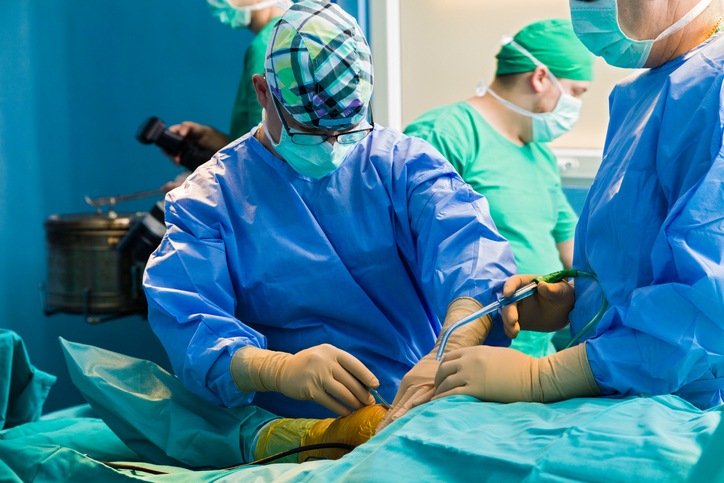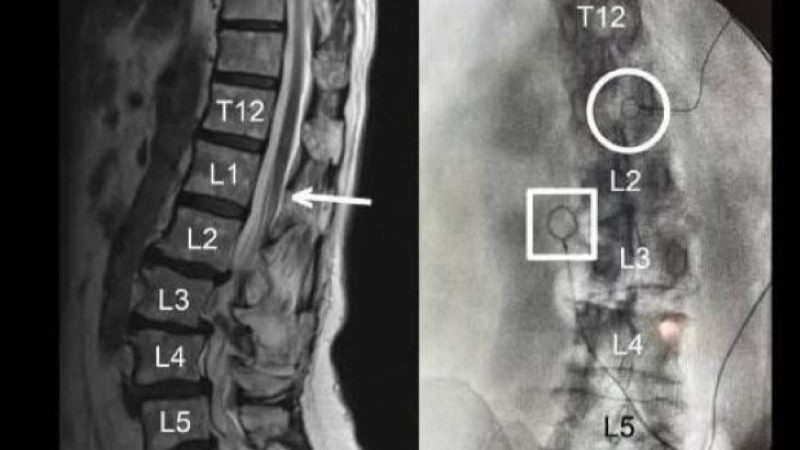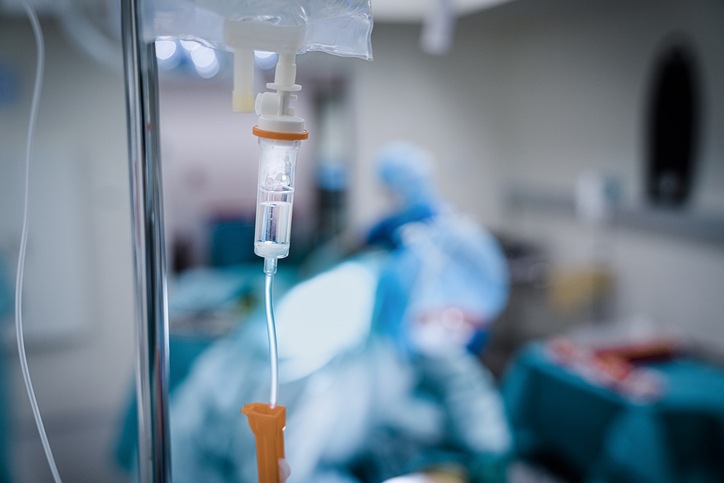
The incidence of surgical site infections (SSIs) following orthopedic surgery performed in ambulatory surgical centers (ASCs) is low, according to a recent study published in the Journal of the AAOS; however, certain patients may be at higher risk.
“The purpose of this study was to assess the incidence of surgical site infections (SSIs) at a high-volume ASC and to identify patient and surgical risk factors associated with increased risk of infection,” the study authors wrote. “We hypothesized that patient factors such as the BMI, smoking status, increased age, the presence of diabetes mellitus (DM), and ASA score as well as surgical factors such as operation length, tourniquet time, and a lack of administration of antibiotics would each be associated with increased risk of SSI.”
The researchers conducted a single-center retrospective chart review of surgeries performed between April 21, 2009, and Oct. 31, 2015, by 21 surgeons representing five subspecialties. Electronic medical records were used to obtain data on patient and surgical factors.
SSIs Rare, But Risk Factors Exist
Final analysis included 22,267 surgeries; average patient age was 42.6 ± 17.3 years, and the patient population was 54% male. About one-third (32%) of surgeries were performed at the knee/leg; the other most frequently documented surgical sites were the hand (25%), shoulder (18%), foot/ankle (10%), and elbow (5%). Arthroscopic partial meniscectomy, carpal tunnel release, arthroscopic rotator cuff repair, anterior cruciate ligament reconstruction, and meniscal repair were the most common procedures performed.
In total, 71 patients (0.32%) sustained an SSI.
“Our data include 163 surgeries that were washouts for infection (0.73%), the vast majority of which were treating SSIs from other hospitals and providers. Only one of these cases was considered to have a subsequent surgical infection (0.61%),” the study authors added.
The following factors were independently associated with SSI: anatomic area (odds ratio [OR] = 18.60, 11.24, 6.75, and 4.01 for the hip, foot/ankle, knee/leg, and hand/elbow vs. shoulder, respectively), anesthesia type (OR = 4.49 combined general and regional anesthesia vs. general anesthesia), age ≥70 (OR = 2.85), diabetes mellitus (OR = 2.27), and tourniquet time (OR = 1.01 per minute tourniquet time).
The findings were consistent with risk factors for SSI in orthopedic surgery performed in the hospital-based, surgical setting, the researchers observed. They concluded: “Future research in this area would be helpful to corroborate our findings and identify approaches to minimize the rate of infection in patients at heightened risk.”







 © 2025 Mashup Media, LLC, a Formedics Property. All Rights Reserved.
© 2025 Mashup Media, LLC, a Formedics Property. All Rights Reserved.